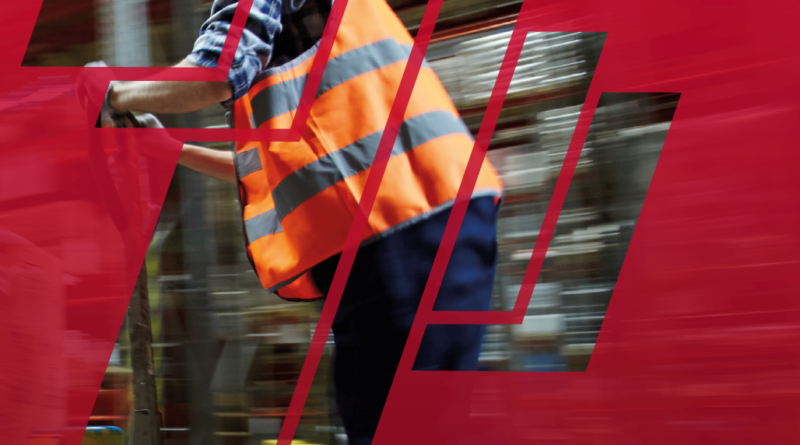Win At The Company Name Game
Sandra O’Connell, Sunday Times Business Section, October 6th 2019, wrote:
What’s in a name? Quite a lot actually, according to Ciaran Lavelle, sales director of Timewise Systems, a Dublin company that sells IT systems to make warehouses more efficient. The company was known as Heavey RF for 20 years, after being spun out of Heavey Technology, which provides barcodes and labelling products.
The RF refers to radio frequency, which was bleeding-edge technology at the time. It was intended to show that the company was a high-tech enterprise, but the message often got lost in translation and Lavelle said the business, which employs 40, struggled with its identity. “We used to joke that we were the best-kept secret in the industry,” he said.
“People who worked with us loved us, but people who should know about us, didn’t. We were missing the shop-window element.”
A branding consultant was engaged to establish the company’s brand values and create a corporate identity that reflected them. The process began with interviewing existing and prospective customers, as well as business partners and employees. The information gained provided the enterprise with an image of its ideal customer: a manager in a warehouse facing multiple deadlines every day. It also established why such a customer would value the company, said Lavelle.
“We help him meet his deadlines,” he said. After the exercise, Heavey RF became Timewise Systems. Lavelle said the new name gave the company a clearer brand and would work better in overseas markets.
“One of the big reasons we wanted to do this is because we want to grow our UK market,” he said. “There, the perception is that if you have your name over the door, you are a small, mom-and-pop shop. Plus, the fact is that RF is outdated; no one in our industry uses it any more.”
A brand should be seen as the bridge between a company and its customers, said Gerard Tannam, of Islandbridge Brand Development, the agency that rebranded Timewise Systems. To create a good brand, you have to know what it is about your product or service that your customers value. “Everything you do and say in business should be designed to support the relationship with the customer, from your visual ID and your name, to your product or service offering,” he said.
A good brand educates and informs customer behaviour, and a strong brand identity helps to attract the right customers, said Tannam. He cites Avoca, the food and homeware retailer, as an example. “Avoca shouldn’t have survived the recession, when you consider what happened to people’s disposable income. But it did, because it said, very successfully, through its brand, that some things are important, such as time out with family or friends. Avoca said, ‘Yes, you can get scones cheaper elsewhere, but it’s important to us that you enjoy the experience.'”
A company that targets customers on price does not build brand loyalty and is vulnerable to being undercut by rivals. “If you are encouraging your customers to come to you because you are the cheapest, you are asking them to look past quality and not value anything other than price,” said Tannam.
When the Business Troubleshooters, a 10-year-old company, wanted to establish its brand values two years ago, it went through the same process of interviewing clients. It did not change its name, but the feedback helped to “clarify” its brand identity, according to founder Fergus Doyle.
He discovered that what clients valued most was its practical approach to fixing problems without jargon. The result was a website featuring military-style graphics and a strapline that says: “We’re the guys that get shit fixed.”
“Before this, our website was a plain vanilla consulting one, which didn’t resonate with me,” said Doyle. “The owner-managers we deal with don’t want a 25-year-old MBA coming in who knows nothing of what it’s like to be at the coal face. There is no time for bullshit.”
People generally find the company through referrals rather than its website, but the site confirms its identity, said Doyle. The new messaging has cut the number of “tyre-kickers” and quadrupled the pipeline of customers in his target sectors of manufacturing and distribution.


